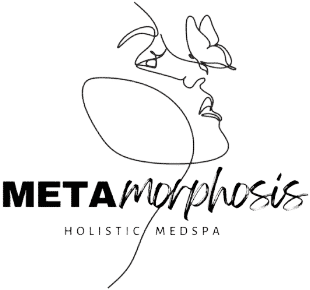Coming Soon
Schedule A Consultation
FILL OUT THE FORM OR CALL US
WHAT HAPPENS IN A CONSULTATION?
-
Get to know us.
-
Help us understand you and your goals.
-
Learn about our services and specialties.
“Chris is amazing and talented. I’ve had Morpheus done on my legs and face and see a fabulous difference. I trust him with all of my beauty needs—Botox next!”
– Maria Gomez
HOW MAY WE HELP?
* All indicated fields must be completed.

